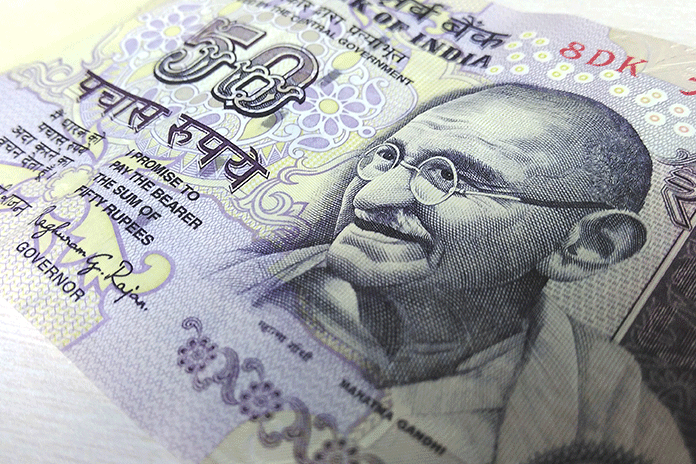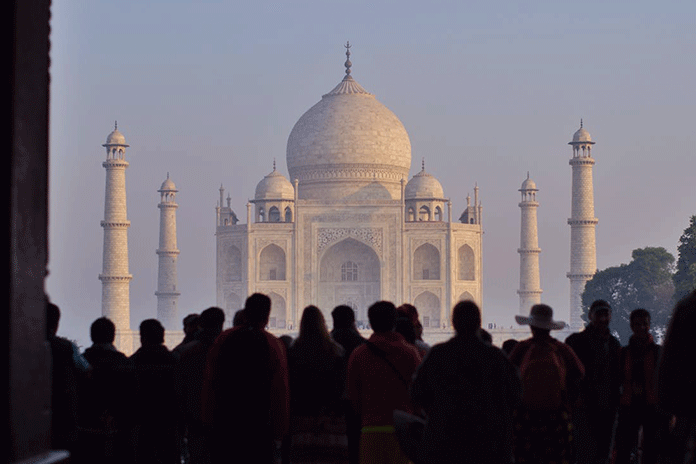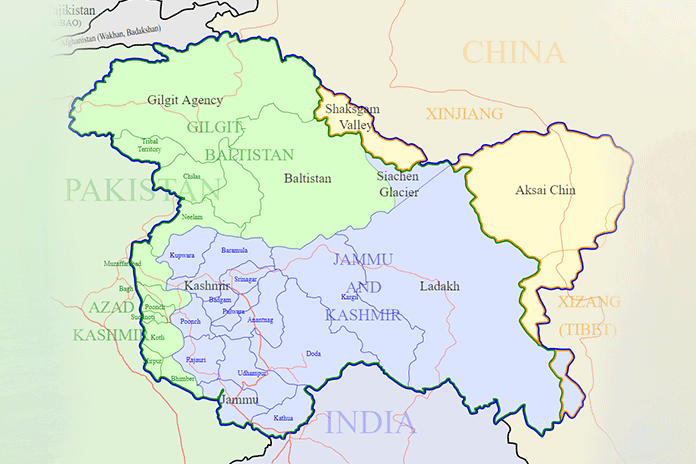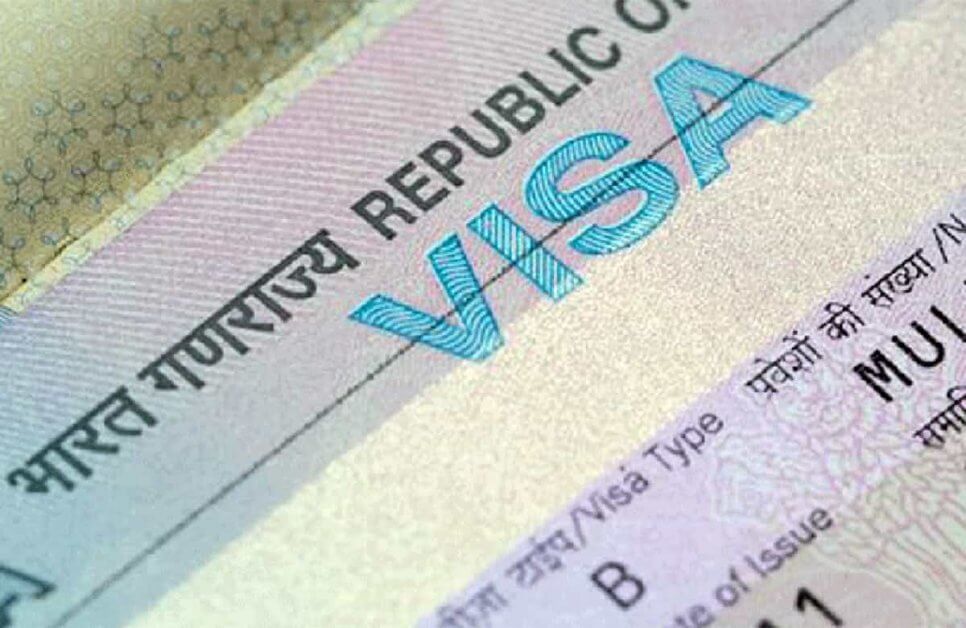Everyone who travels to any other country needs a visa for that country. If the nations have some kind of special treaty with one another, only then you can travel to those nations without a visa. As far as India is concerned, all visitors need a visa to come here with the exception of Indians and neighboring countries Nepal and Bhutan citizens. “E-visa” has now been introduced by the Indian Government and its duration has been increased to 60 days from 30 days. Indian Visa also now available for citizens of 161 nations.
If you want to have a visa for a longer duration or you’re not from those 161 nations, then you have to obtain your Indian visa before arriving. I’ve mentioned below all the necessary things you should know to prepare your application for Indian Visa.
Contents
The Type of Visa That is Required for India
Tourists who want to stay in India for less than 72 hours can obtain a Transit visa. A confirmed flight booking for the onward journey is mandatory to be shown at the time of applying for this visa. In any other case, an India Tourist visa is compulsory.
Generally, Indian Tourist Visa’s are issued for 6 months. That is dependent on your nationality though. Some nations issue visas of shorter duration such as 3 months or for longer durations such as for 1 year. Mostly, these visas are multiple entry visas.
A US citizen can acquire a 10-year long visa. Also, 5-year long visas can be granted to citizens of 18 nations. These nations are South Korea, Brazil, Vietnam, Spain, Iceland, Luxembourg, Chile, France, Switzerland, Mexico, New Zealand, Belgium, Norway, Germany, Finland, Japan, Argentina, and Netherland. Citizens of other nations that have a biometric enrollment facility have also started granting 5-year Tourist visas.
The other types of Indian Visas that are available for citizens of other countries are Student Visas, Research Visas, Business Visas, Intern Visas, Employment Visas, Film Visas, and Journalist Visas.
What’s the cost of an Indian Tourist Visa?

The cost varies according to the countries and the arrangements between the governments. Some nations like Mongolia, Japan, etc have special agreements with the Indian government. This allows their citizens to pay very less amount for a visa. Similarly, citizens of Afghanistan, Argentina, Bangladesh, South Korea, Jamaica, Maldives, Mauritius, Mongolia, Seychelles (up to 3 months of stay), South Africa and Uruguay have to pay no fee at all for a visa.
How to Apply for an Indian Visa and where?

Private processing agencies in most countries have been outsourced the work of handling the Indian visa application process. The Indian government, in recent years, has replaced most of these foreign companies, which includes Travisa and VFS Global, with Indian companies. Initially, this resulted in numerous problems and inefficiencies, but the processes have improved since and continue to get better over time.
When you apply for an Indian Visa, you will have to fill the online application form. The form is available on their Official Website here. Along with the application form and fee amount, you will have to submit your passport which has a minimum 6-month validity and at least 2 blank pages are available in that. Also, a recent passport size picture of you and the details of your journey.
In some nations, the copies of your flight tickets, as well as proof of your residential address, may also be required. The visa application form may also have a space for Indian referees, but it is not mandatory to be completed for tourist visas on most occasions.
Permits for Protected/Restricted Areas in India

Even when you are carrying a valid visa, there are some specific remote areas in India that require visitors to obtain a Protected Area Permit or PAP in order to visit them. Mostly, these are near border areas or have other security issues associated with them.
Such areas include various regions of Arunachal Pradesh, Andaman and Nicobar Islands, Himachal Pradesh, Ladakh, Jammu and Kashmir, Sikkim, etc. Mostly, individual tourists are not allowed here, only groups of tourists who have come for trekking or tours are allowed. It is best if you apply for your PAP at the same time when you apply for your visa.
If you have any queries or suggestions then please leave a comment below.



Join the discussion